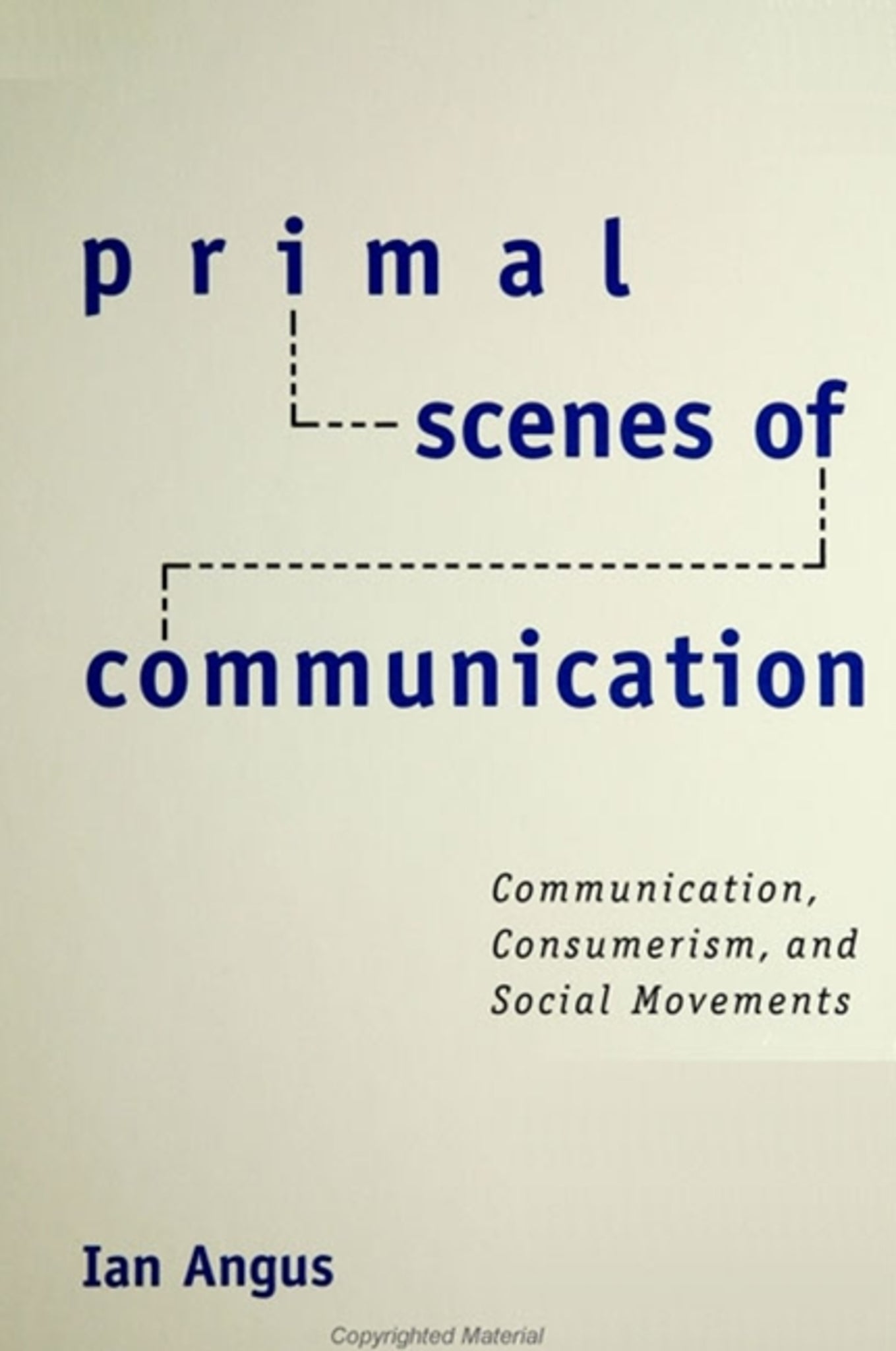We're sorry. An error has occurred
Please cancel or retry.
Primal Scenes of Communication

Some error occured while loading the Quick View. Please close the Quick View and try reloading the page.
Couldn't load pickup availability
- Format:
-
25 September 2000

Proposes a new theory of communication called "comparative media theory."
Primal Scenes of Communication argues that the materiality of communication media constitute social relations and that social relations should be understood as "technology-identity complexes." This theory is employed to characterize consumer society, and the social movements that criticize consumer society, as a unique epoch of communication.


"Through a rigorous deployment of comparative media study, Ian Angus develops a conceptual scheme of mediation and articulation that addresses the key questions at the forefront of the philosophy of communication. Readers in any discipline who take the social and political practice of communication seriously with respect to questions of identity and new social movements will learn from this valuable book." — Ramsey Eric Ramsey, author of The Long Path to Nearness: A Contribution to a Corporeal Philosophy of Communication and the Groundwork for an Ethics of ReliefM
"This book's focus on the materiality of communication is a central but often undertheorized problematic that haunts communication studies. The author's argument as to the primacy of the media of communication is a novel and effective answer to the charge of communication studies' inability to account for the 'real.' Angus's use of political examples and problematics is a nice change of pace from much of the social constructionist work in communication studies which tends to focus on interpersonal and organizational contexts." — Darrin Hicks, University of Denver
Acknowledgments
1. Language and Institution in the Human Sciences
Part I: The Materiality of Expressive Forms
2. Medium of Communication
3. Comparative Media Theory
4. Technology and Social Identity
5. Phenomenology of Communication
Part II: Loss of Mediation in Consumer Society
6. From Competitive Capitalism to Consumer Society
7. Reduction of Culture to Information
8. Representation versus Constitution
9. Consumer Identities
Part III: Social Movements
10. Three Strategies of Resistance
11. New Mediations
12. Discourse and Identity
13. Conclusion
Notes
Index



